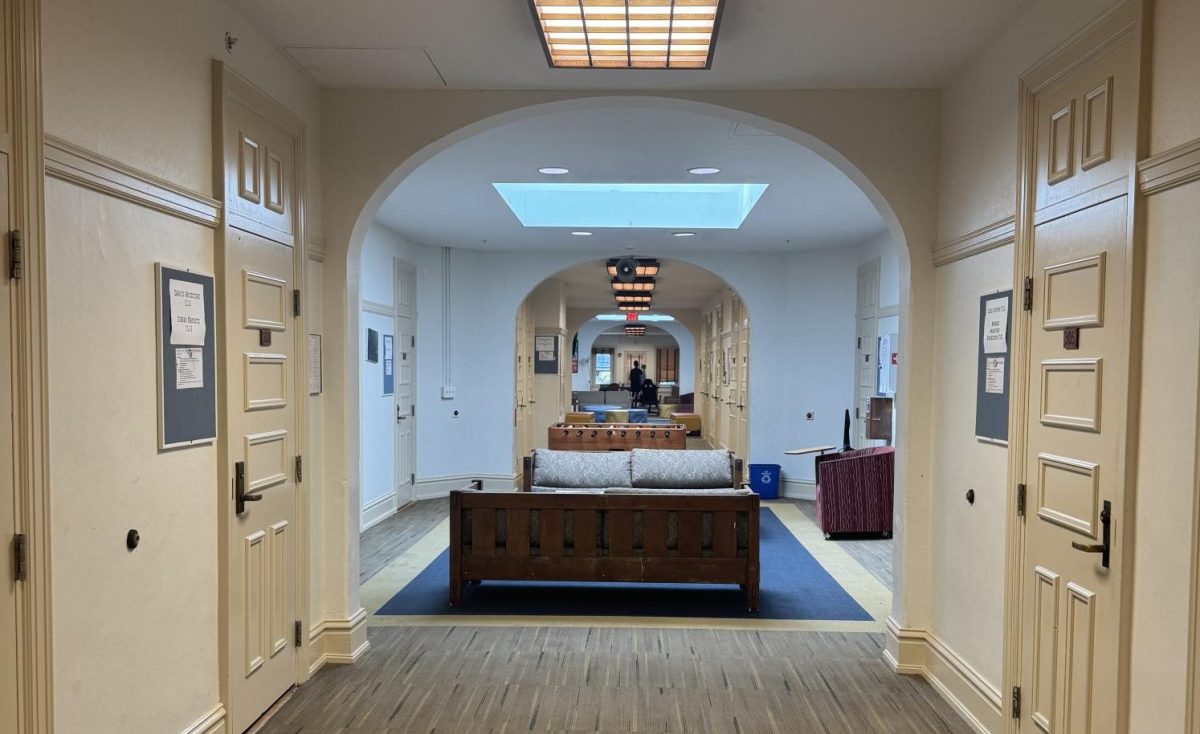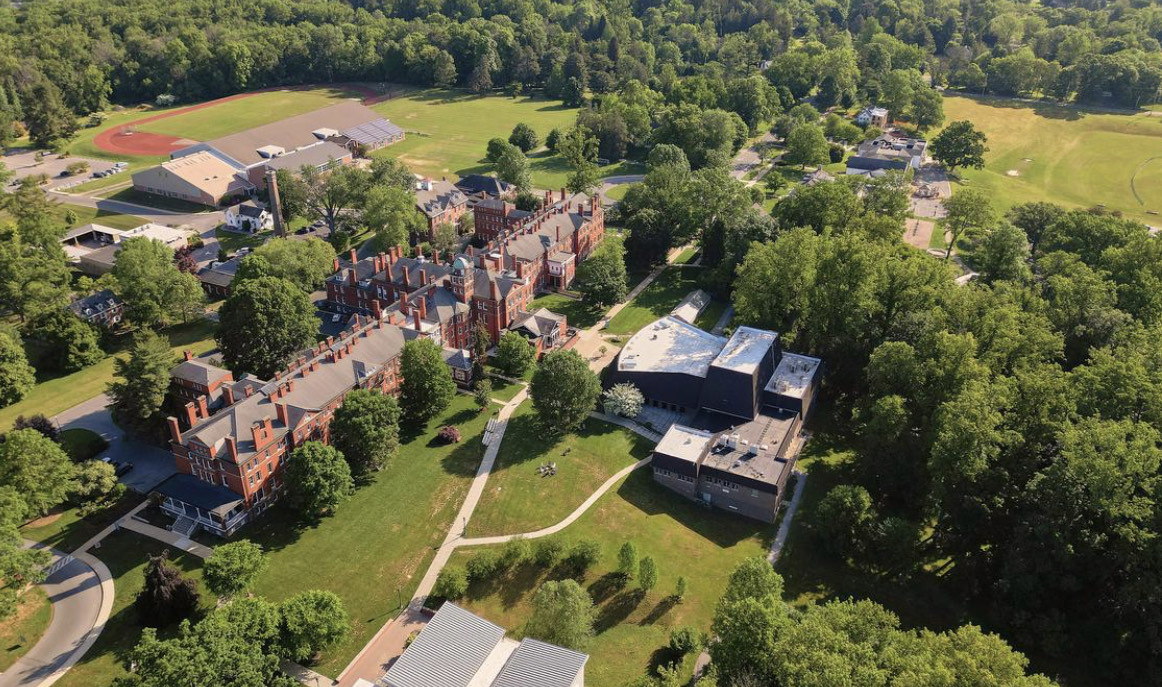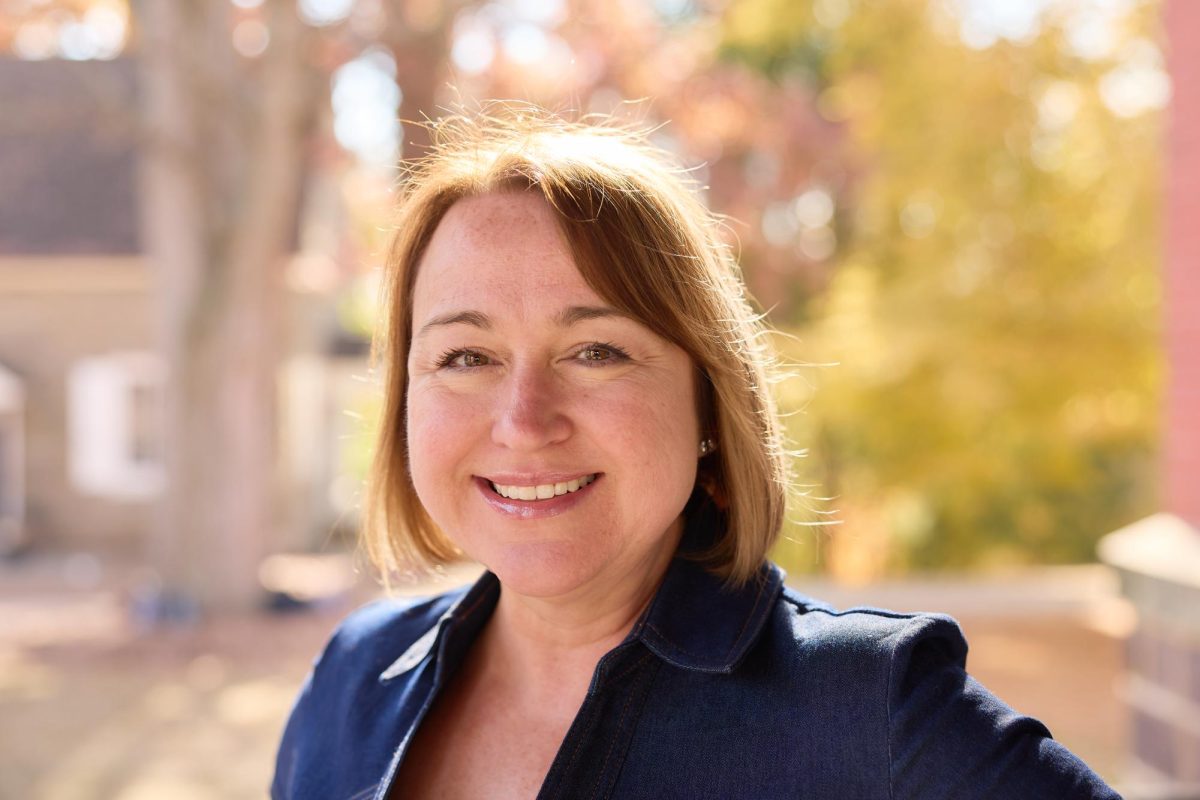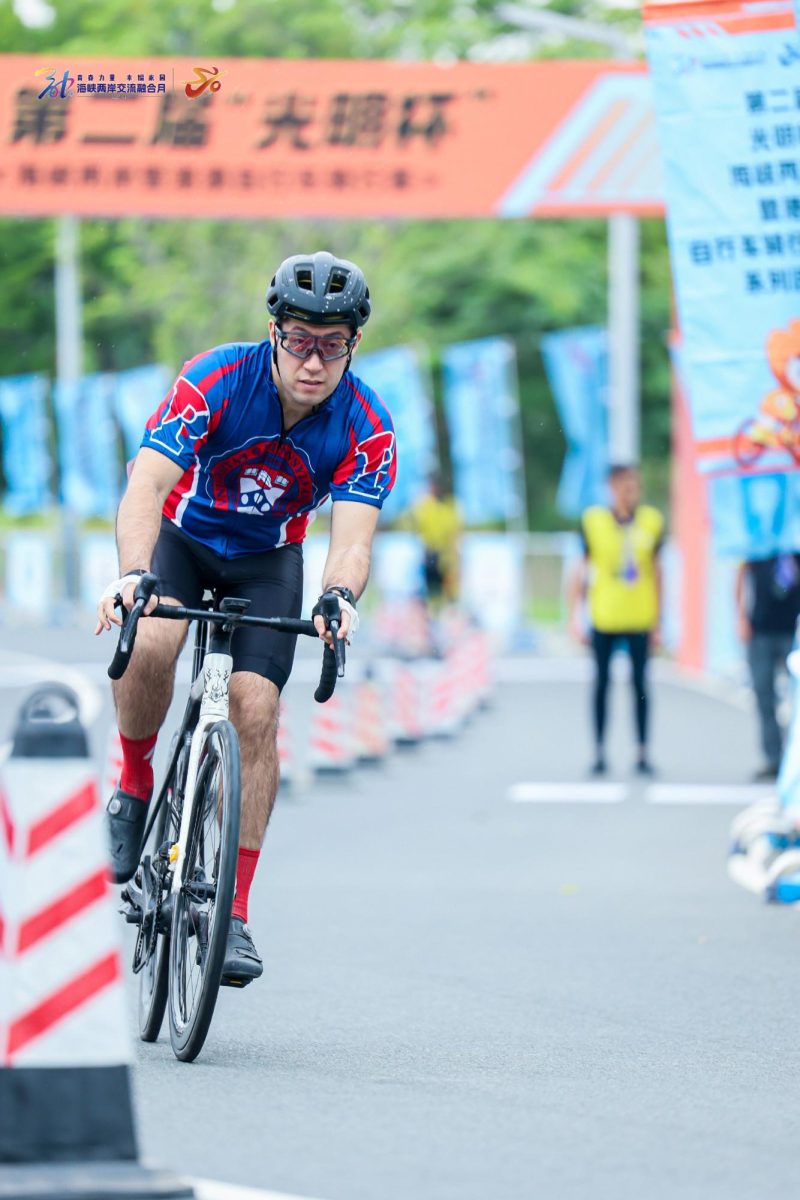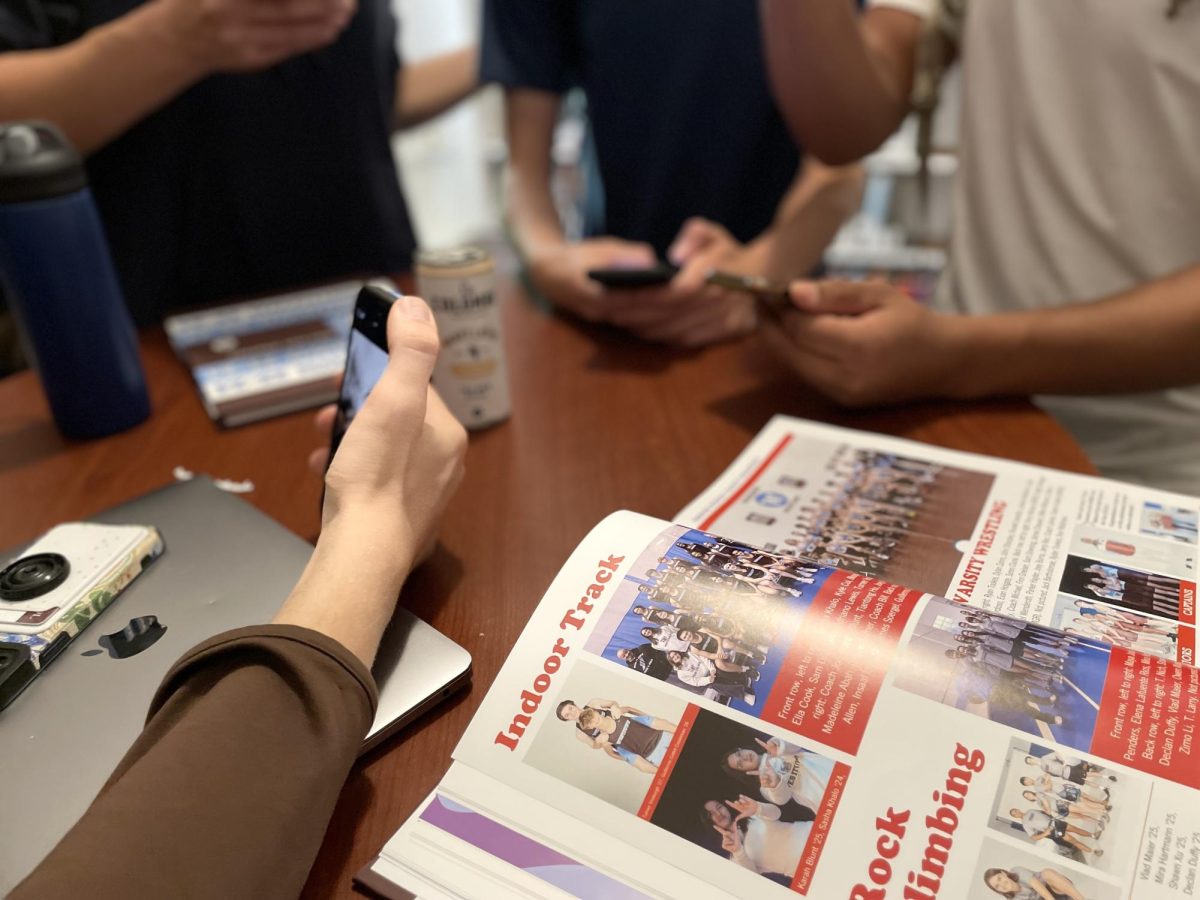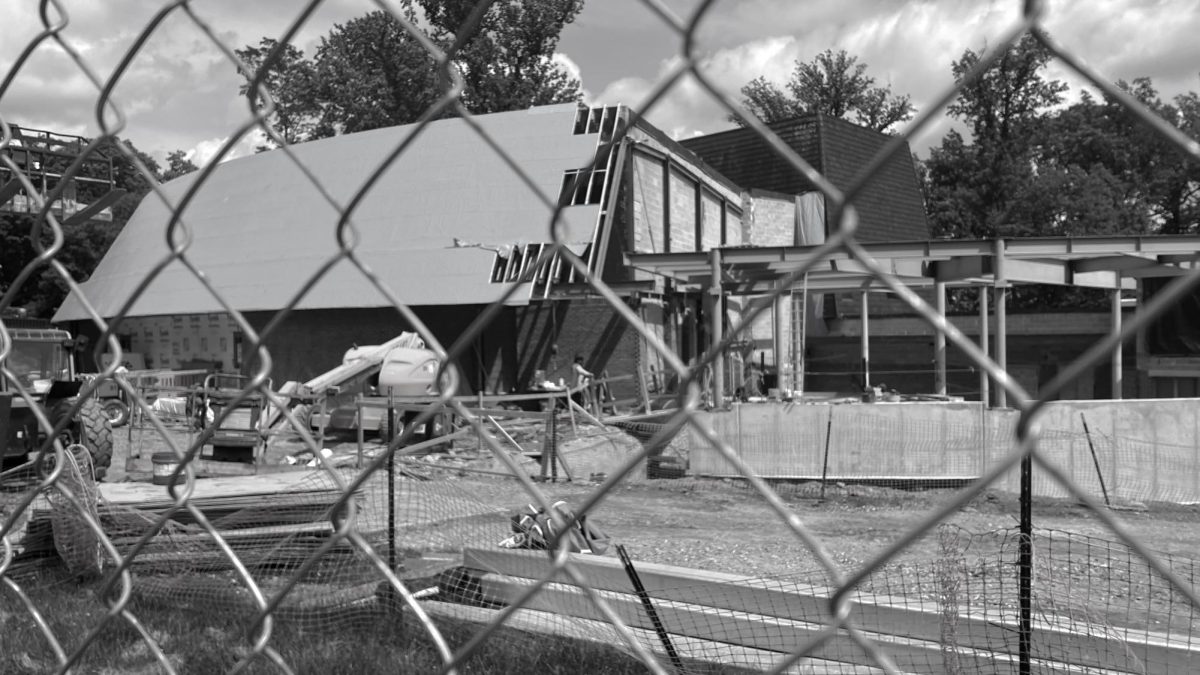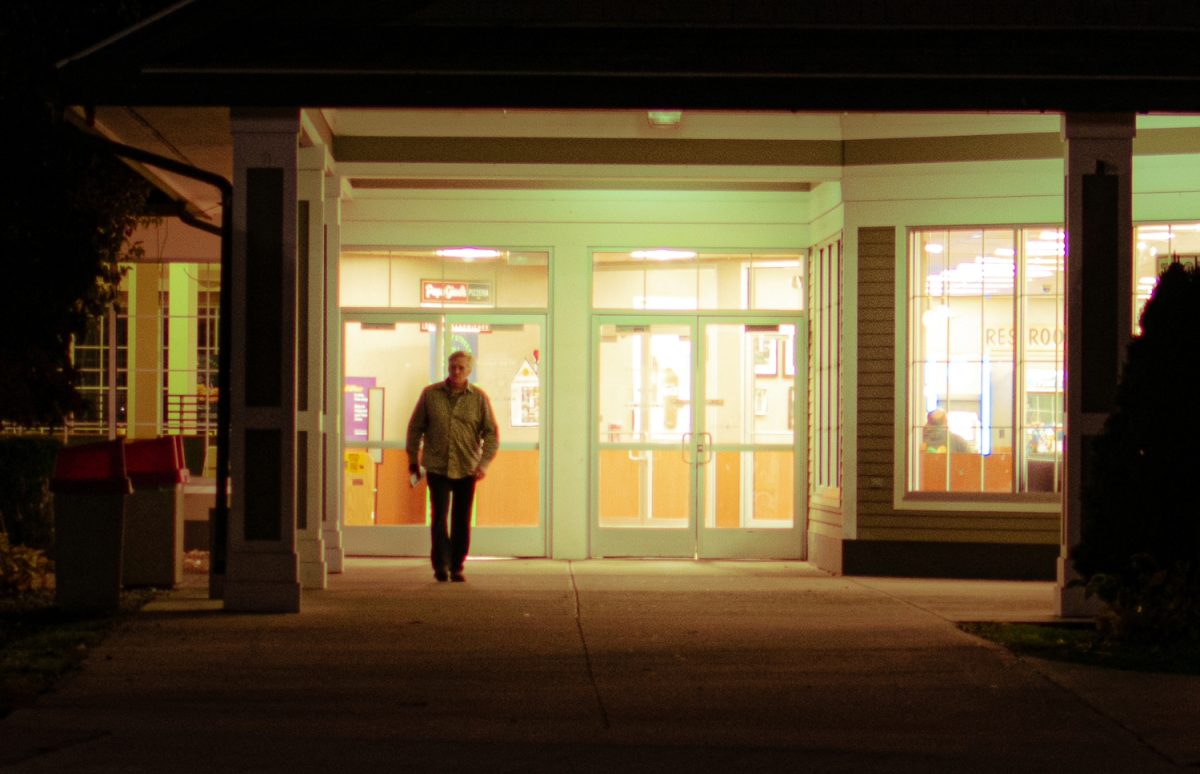Over spring break, a group of 18 students took a 10-day trip to Puerto Rico. Led by Teacher Mercedes Urena Duran, Teacher Fernando Gomes, and Teacher Franco Yannielli, the group spent eight full days exploring six different cities across the island. I was lucky enough to be part of the trip, and I’ll be sharing some of my favorite experiences. We began our journey in the city of San Juan. The moment we stepped off the plane, we were greeted by our touring company, who handed us bags of snacks and lunch that we’d keep with us throughout the trip. After a prompt orientation, we headed to our first stop: La Placita, a vibrant market filled with local vendors selling trinkets, fresh fruits, and handmade goods. There, we were tasked with interviewing locals, in Spanish, about the names and uses of different fruits. We tried lechosa (papaya) and melón de agua (watermelon) — fresh, juicy, and perfect for the tropical heat.
On our second day, we visited Loíza, a city known for its rich Afro-Puerto Rican culture, heritage, and traditions — and it is the birthplace of Bomba. While there, we had the opportunity to visit the home and studio of Samuel Lind, a renowned Afro-Puerto Rican artist. We learned about his creative process and how his culture deeply influences his artwork. What stood out to me most was his humility. Despite being globally recognized, he remains incredibly grounded and loyal to his roots and community. We didn’t just get to see his art — we got to know him as a person, spending time in his living room and kitchen, hearing stories about his life and inspiration. Of course, you can’t leave Loíza without learning about Bomba, an Afro-Puerto Rican musical genre paired with a powerful, expressive dance. We took part in a Bomba workshop led by a woman in a long, flowing skirt and accompanied by a drummer who kept the beat. She taught us about the four main types of Bomba and shared the history behind each style, explaining how the traditions have evolved and how they differ across regions.
After the first couple of days, the beach was long awaited. The first one we visited was Puerto Nuevo Beach, located in the town of Vega Baja — also the hometown of the famous artist Bad Bunny, who has a huge presence in Puerto Rican culture. This beach ended up being my favorite. There were no tourists (besides us), the water was calm and clear, and we were surrounded by stunning mountains. Local teens kicked soccer balls around and blasted Bad Bunny through speakers, adding to the laid-back, vibe.
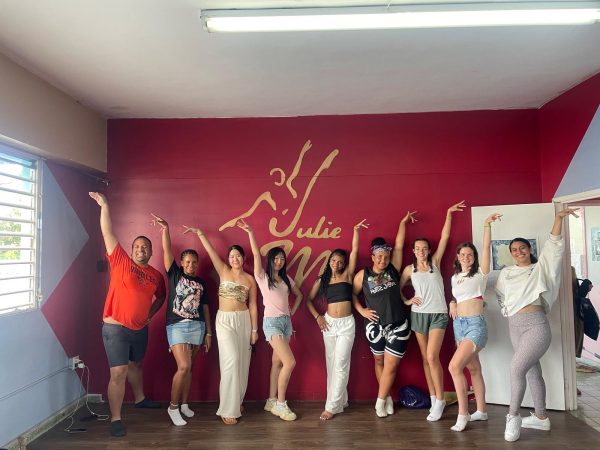
On our fourth day, we set out for El Yunque National Forest, the only tropical rainforest in the U.S. National Forest System and a biodiversity hotspot. The hike was intense, with parts of the trail going nearly vertical, but the views were absolutely breathtaking. We slid down waterfalls and swam in rocky pools. During the hike, I had the chance to talk with our tour guide Fabi, a native Puerto Rican. I asked her about the island’s opinion on Bad Bunny, since he seems like someone Puerto Ricans takes great pride in.
“I’d say 93% of the island loves Bad Bunny,” Fabi said. “The other seven percent are older and more religious.”
We chatted about our favorite songs from Bad Bunny’s new album and why we liked them, but soon the conversation shifted to something more serious. I asked her about the impact of mainland Americans moving to Puerto Rico. She explained how rising housing prices are pushing native Puerto Ricans out of cities and making it harder for locals to afford to live in their own communities. We didn’t get to talk for long, but the things she said stuck with me.
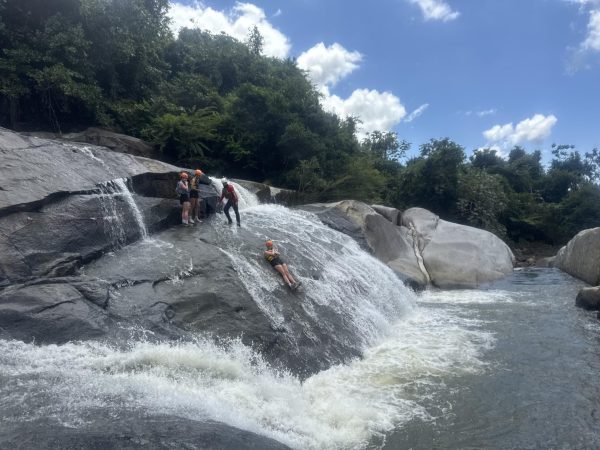
One of the biggest highlights of the trip was our stay at Eye on the Rainforest, a rainforest enrichment project and sustainable forestry business. When we arrived, there was no cell service and almost a mile-long walk from where the bus dropped us off to our lodging. We had no idea what we were getting into.
After settling into our cabins and having lunch, we were told we’d be heading out shortly to work on the mountain. We split into two groups. My group leader was 3T, a Tanzanian woman who founded the project 25 years ago. On the trail, we learned how to use saws to cut trees, clippers to trim hedges, and rakes to uproot invasive plants. The goal was to clear space for endemic species that help prevent erosion on the mountain.
After a long day’s work, we were exhausted. In the evenings, some people walked to a nearby waterfall while others stayed back to help prepare for dinner. We ate a delicious meal prepared by Monique, the chef at Las Casas de la Selva, and later sat around the fire, sharing stories. The two days we spent there felt like a once-in-a-lifetime experience. Without our phones, we read books, made friendship bracelets, listened to music, and connected more deeply with each other — and with the land.
For the final stretch of our trip, we headed south and west to La Parguera, a famous beach town that’s even been name-dropped in songs by Myke Towers and Bad Bunny. While there, we visited nearby cities like Ponce and Yauco. But the real highlight of La Parguera — and maybe even the whole trip — was visiting the Bioluminescent Bay.
“I’d heard about it, but I’d never seen it. It looked just as good as it did in the photos and videos,” said Wamdzu Ovwori ’25.
“I remember asking Profe Mercedes ‘¿te gusta?’ as we swam under the boat. I remember she said to me ‘¡me encanta!’ She was so excited and in awe of the glittering water, as were the rest of us, but her fascination stuck with me,” said student Ella Fuson ’25.
There are three places in Puerto Rico that have bioluminescence, however swimming is only allowed in one of them. This was something I felt very grateful to experience.
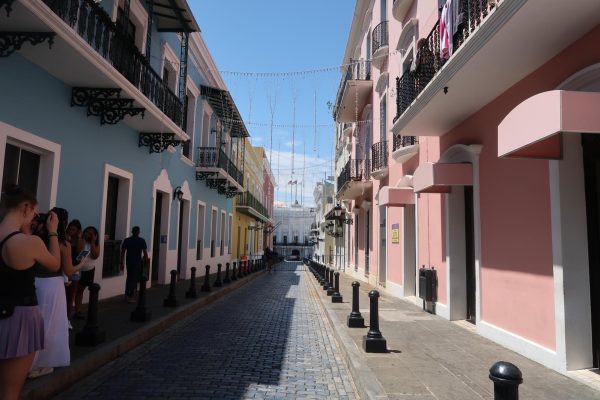
Reflecting on this trip, it was more than just a vacation. It was an incredible immersion experience that allowed us to go beyond sightseeing and really connect with the culture, history, and people of Puerto Rico. We didn’t just visit the island — we lived in it for 10 days, learning through experience rather than textbooks. From dancing Salsa in the streets of Ponce to hiking the muddy trails of El Yunque, we saw parts of Puerto Rico that many tourists don’t get to see. We spoke with local artists, learned traditional dances, tasted fruits we’d never heard of, and had conversations that opened our eyes to new perspectives.

